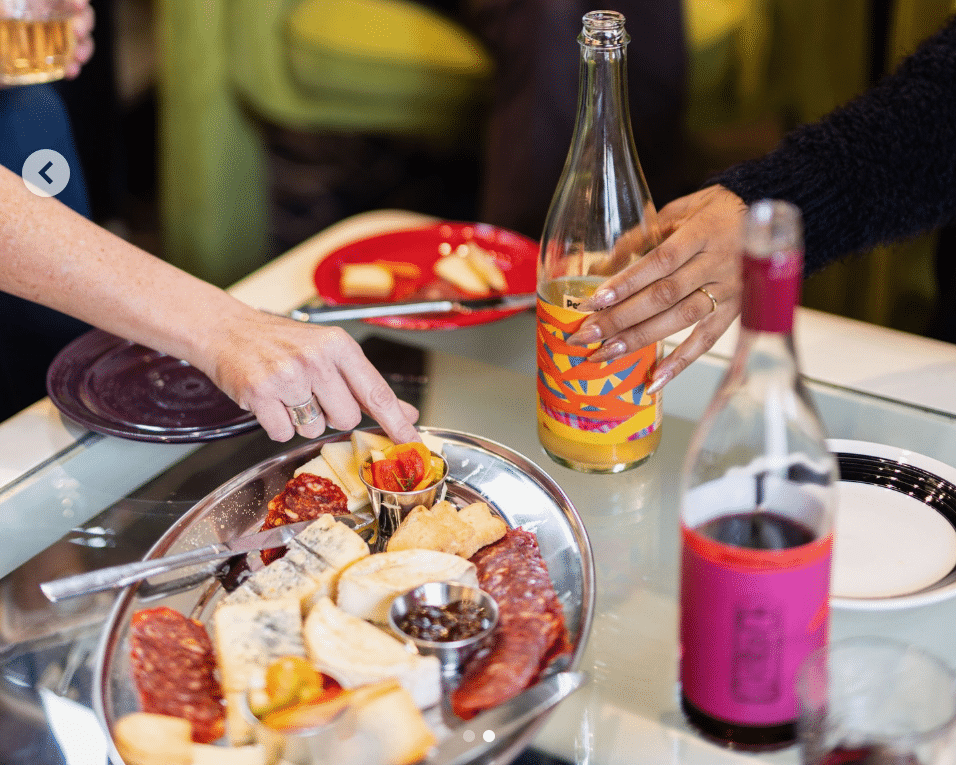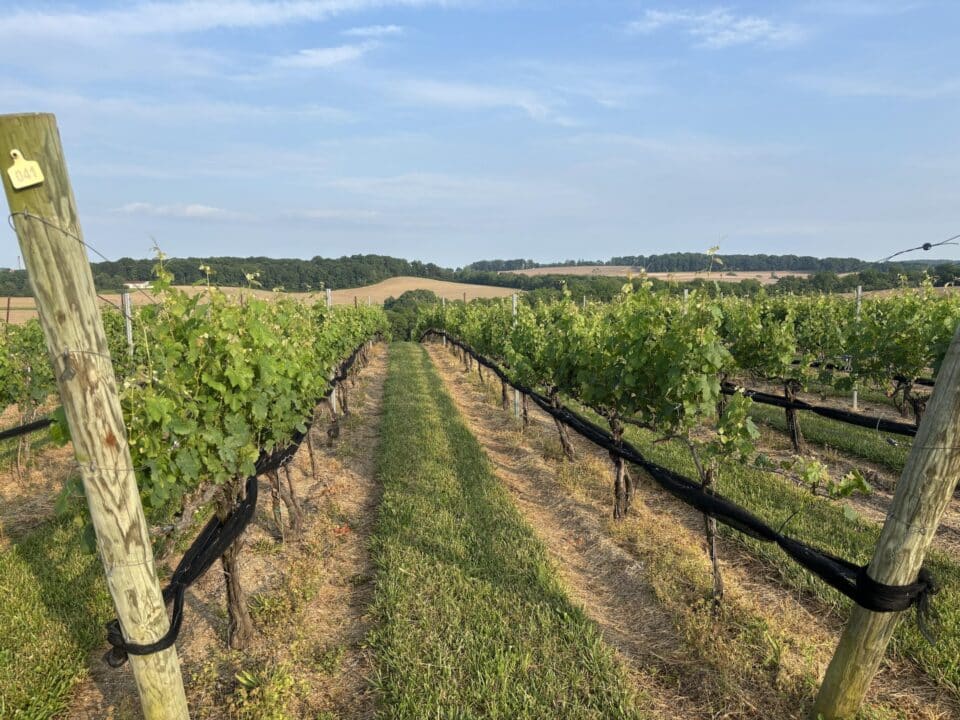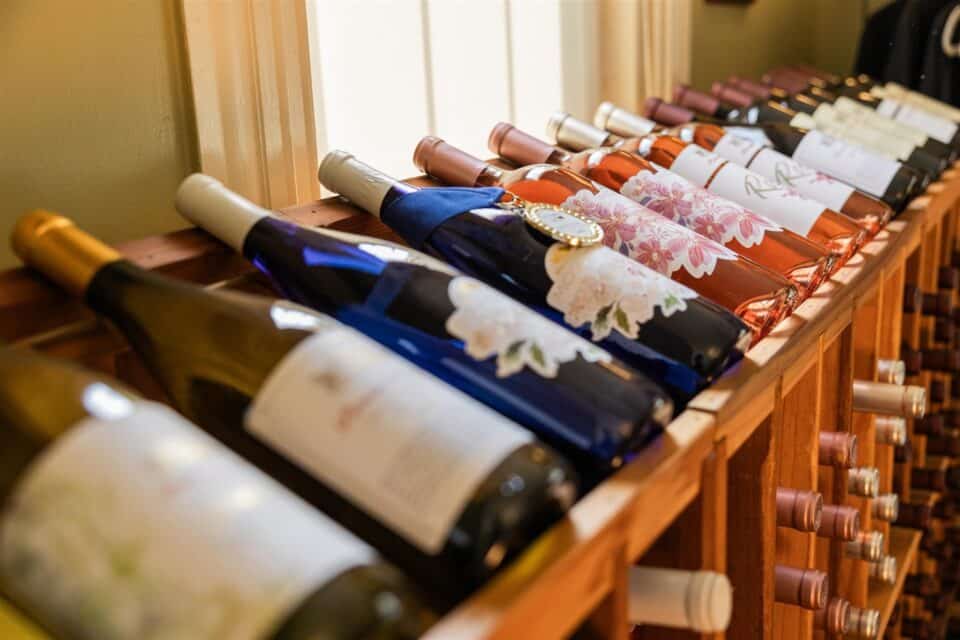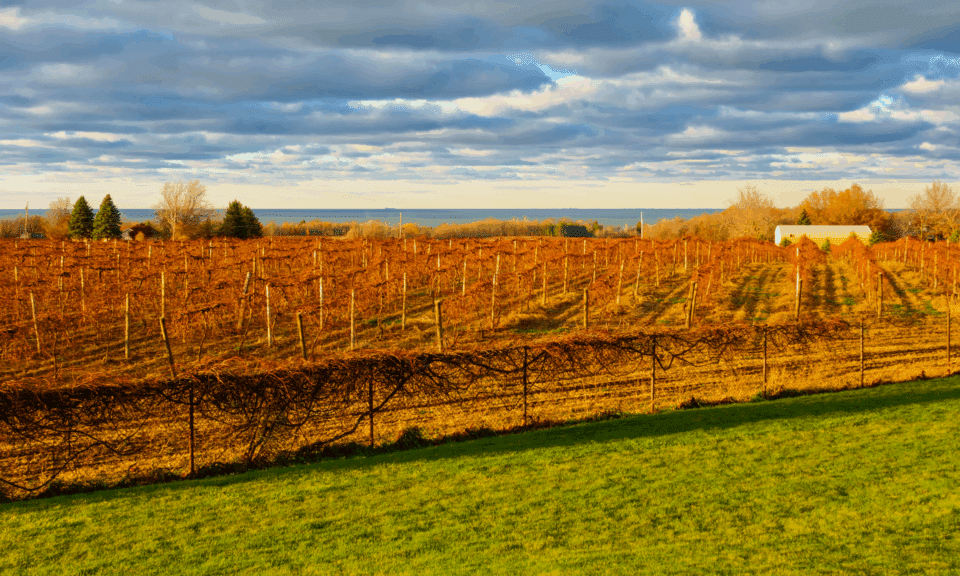If you’ve ever taken a tour of a winery, or seen photos of a winery cellar, you’ve probably noticed wooden barrels lining the walls. These rustic vessels are an important part of the winemaking and aging process, but to most of us, what actually happens in there is a bit of a mystery.
Why do winemakers barrel-ferment and barrel-age some wines, and not others? How do they know what kind of barrels they want to use, and how do they keep them clean? What’s going on with wine as it ages in a barrel, and how does it affect the finished product? If you’ve ever mused over any of these questions, we’re here to serve up some answers!
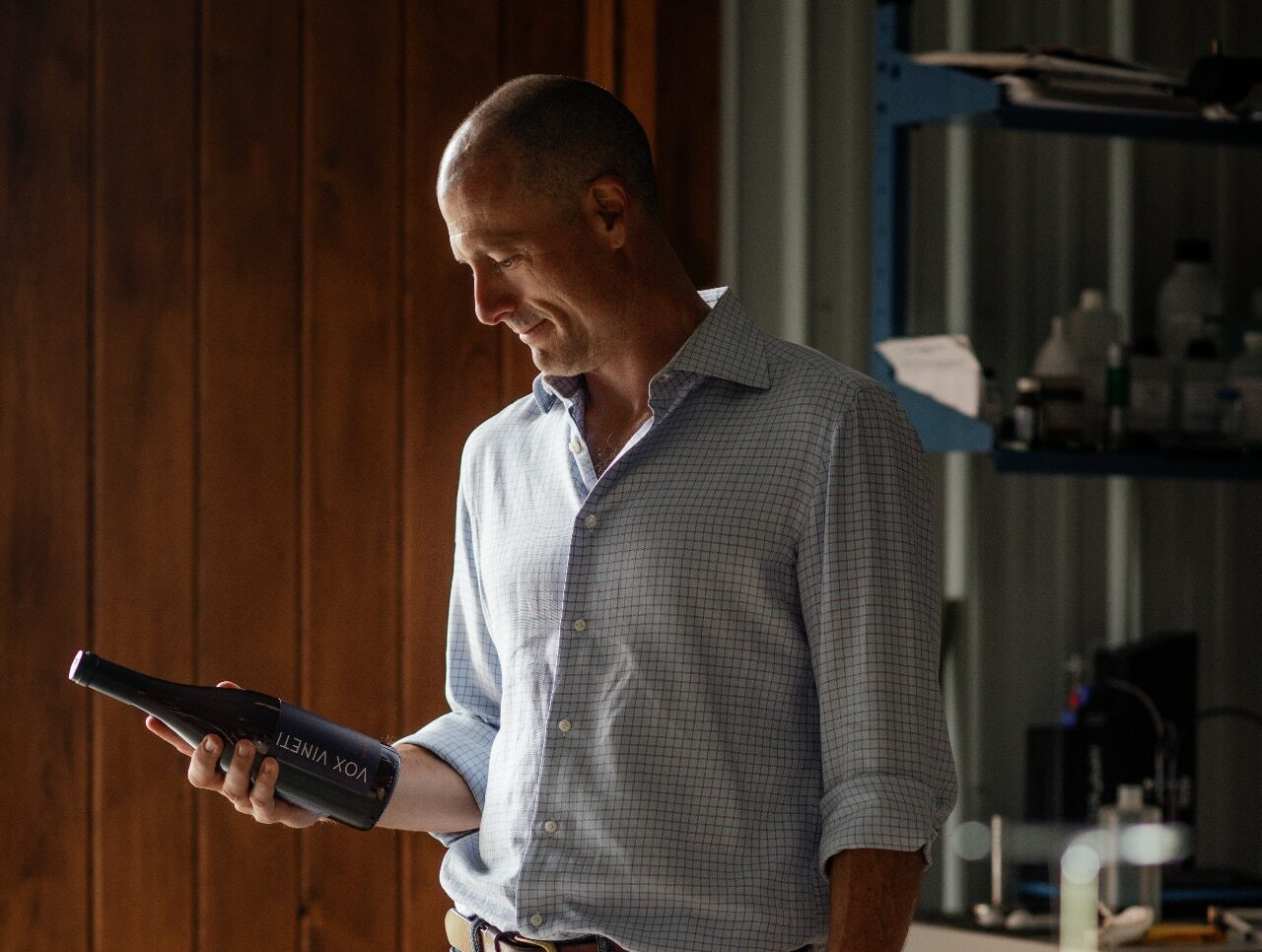
Ed Lazzerini of Vox Vineti
To learn more about how barrels are used in winemaking, we spoke with Ed Lazzerini, the owner of Vox Vineti Winery in Christiana, PA, in Lancaster County. Lazzerini considers himself a vigneron, a French term that refers to a person who both grows grapes and makes wine. Indeed, he splits his time tending to his 5 acres of vines at Galloping Cat Vineyard in Andrews Bridge, PA, and making wine in the cellar. Vox Vineti translates to “voice of the vineyard” in Latin, and his guiding philosophy is to make wine that respects and preserves the fruit growing on his hillside property.
Types of Barrels
When it comes to fermenting or aging wine in barrels, Lazzerini considers a number of factors.
“We have to be extremely careful with barrels, because we don’t want to overwhelm the characteristics of the wine, like aroma, flavor and texture, that are coming in from the vineyard,” he notes. “All of those can be completely messed up by using too much new wood, too many new barrels or the wrong cooperage (barrel producer).”
Many barrels used for winemaking are made from oak. New barrels have an intensely dominant wood character which is powerfully imparted into whatever liquid goes inside them. Barrels are also “toasted” through exposure to fire or heat, and the levels of the toast can significantly influence wines.
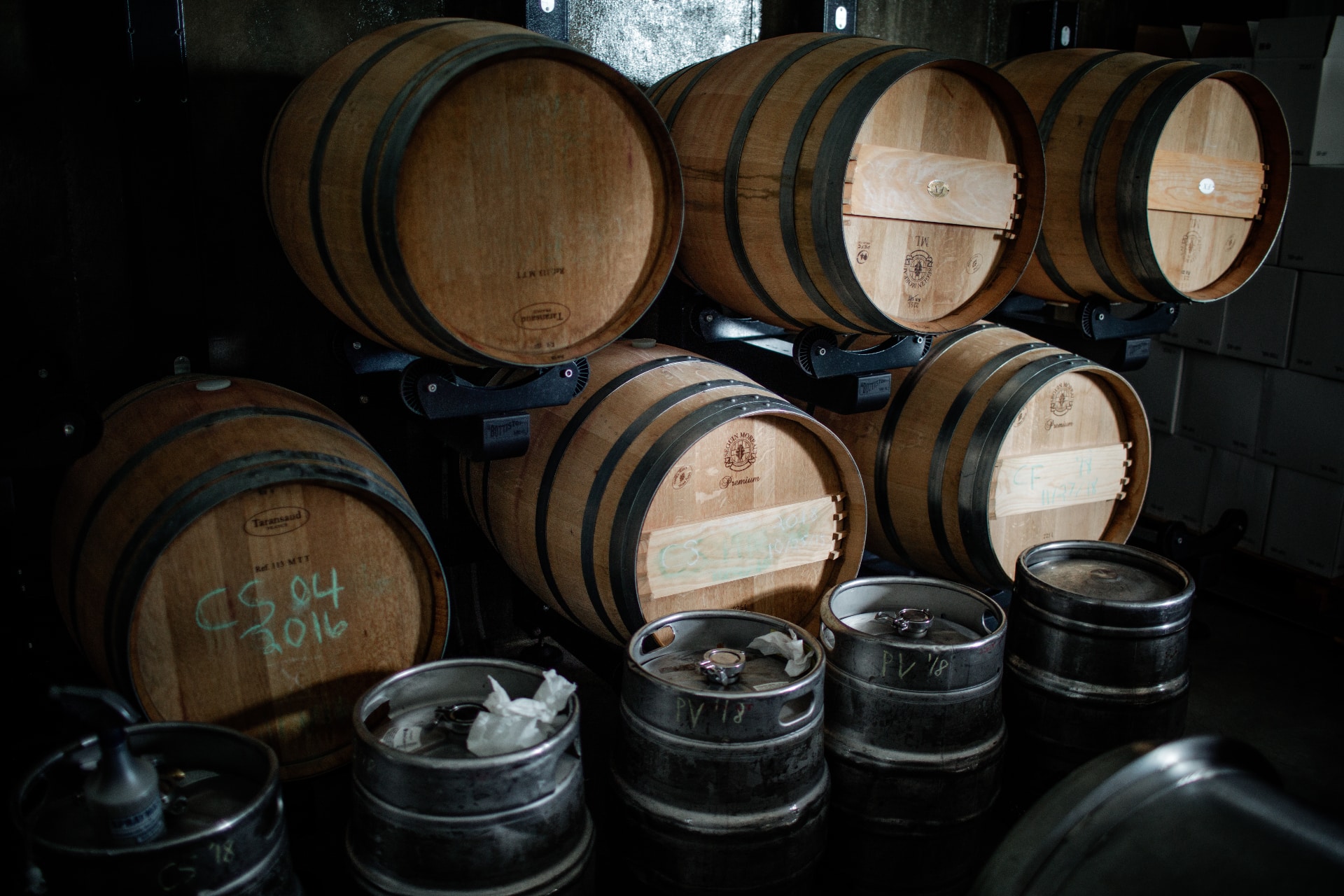
Used barrels (also referred to as “neutral barrels”) have previously been used for aging other wines, and will not impart as much flavor. Most used barrels have gone through at least three vintages. These are what Lazzerini and many winemakers prefer to use. In any given year, Vox Vineti will use 70-80% used barrels and 20-30% new barrels.
“At some point you have to bring in new barrels as older barrels are spent, or because you want a new larger format,” Lazzerini says. “The risk of buying used barrels is that unless you can really trust their provenance and the broker, you could be inviting all sorts of bacterial issues into your cellar that could infect your wine and cause problems in your winery.”
Vox Vineti purchases its new barrels from a cooperage in France, and for its first vintage in 2012, sourced barrels from a nearby winery whose hygiene program Lazzerini trusted.
There are various sizes for barrels in winemaking; some of the most common include:
- Barrique, also called a Bordeaux barrel: 225 Liters
- Hogshead Barrel: 300 Liters
- Puncheon: 475 Liters
- Port Barrel: 650 Liters
French and American Oak are very common for winemaking barrels, but there are other kinds of wood that can be used, like Chestnut, Cherrywood and Acacia, as well as Hungarian Oak. Oak is generally the preferred wood because of its porous nature, which allows micro-oxygenation of the wine inside (more on why that’s a good thing below). Other types of wood have tighter grain structures and distinct flavors.
Cleaning/Prepping Barrels
Lazzerini explains that to use a brand-new barrel, you first need to swell the staves. This is done by filling it with cold water, letting it soak, and then draining it. This process swells the wood and prevents the barrel from leaking.
“You can use hot water, but I prefer to use cold or warm water because it leeches a lot of the harsher tannins out of the wood,” he says.
As Lazzerini mentioned, it’s imperative that empty used barrels are stored and sanitized appropriately, which includes being kept in a place with the right level of humidity and cleaning them monthly with sulfur disks or hydrogen sulfide gas. Some wineries also steam clean them.
“That makes sure stuff doesn’t start growing inside the barrel,” he explains. “If you’re getting ready to fill a barrel, it shouldn’t smell like vinegar, manure or wheat.”
To prepare older barrels, Lazzerini likes to fill them with 185-degree hot water, and allow them to soak for a day or two. This will penetrate the staves and kill any bacteria that may be established.
Barrels for Fermentation
Typically, white and rosé wines are fermented in stainless steel or neutral oak barrels in order to retain their fresh, fruit flavors. These wines aren’t fermented on the skins and therefore can also be fermented in large-format wooden vessels. The winemaker’s preference of vessel is based on the style of wine they want to create.
“There are ways to ferment red wines in barrels, but it’s labor intensive, and you need specialized barrels that allow you to get all the skins and seeds out when fermentation is done,” Lazzerini says.
Vox Vineti ferments its rosé in puncheons, because, as Lazzerini explains, the process of oxygen interacting with the wine, or “micro-oxygenation,” improves the wine’s texture and increases its age-ability. The “textural enhancements” in this case are brightening the wine’s attack, richening of the flavors on the mid-palate and lengthening the finish, all while preserving the fruit’s character and minerality.
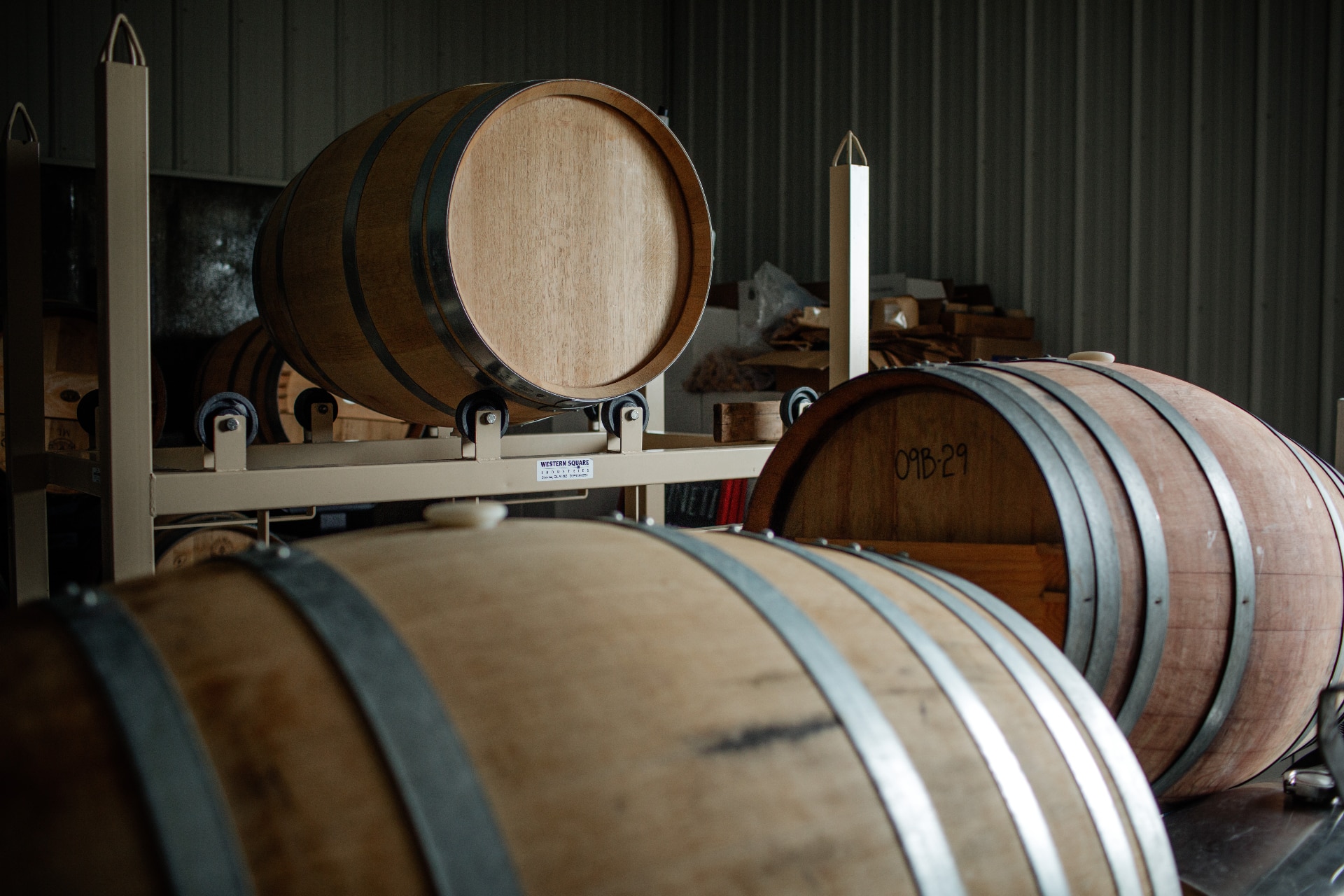
Even though so many wines are fermented in stainless, which prevents oxygen from interacting with wine, the porousness of oak barrels isn’t an issue.
“During fermentation, there’s so much carbon dioxide produced by the yeast that the wine is actually very well protected,” Lazzerini says.
When wine is fermented in a barrel, the vessel should be 80-95% full of liquid, to allow room for the wine to expand as it ferments. When fermentation slows and the CO₂ production dies down, the wine should be topped off so there’s no headspace left in the barrel.
Barrel-Aging
There is no one-size fits all philosophy when it comes to barrel-aging wine. It really comes down to the winemaker’s goals and the outcomes they want to achieve. At Vox Vineti, Lazzerini says what kind of wood to use, and how long to barrel-age, really started with getting to know the vineyards and the fruit they produce year over year.
“When you have a new vineyard with no history, it honestly takes about a decade to really learn it,” he notes. “Part of that is waiting for the vines to get older and produce more compelling fruit, and part of it is learning the different blocks in your vineyard, soil differences, aspect differences, things like that.”
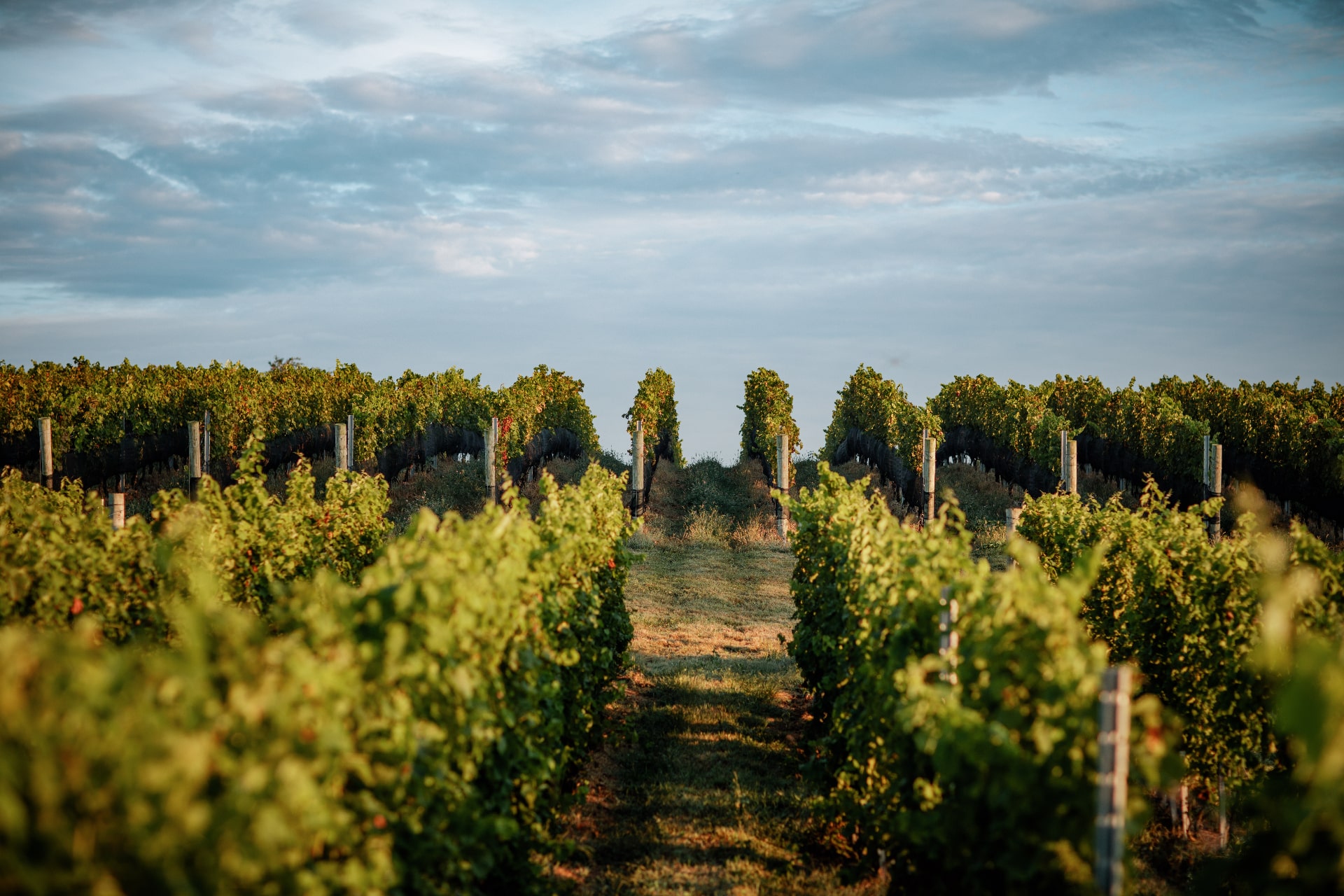
The Shatterhammer block at Galloping Cat Vineyard
What he’s discovered through this learning process is that he prefers neutral French Oak barrels, and typically leaves the wine in the barrel for between 12 and 15 months. During the first few vintages, he pushed the aging period to 18 months, but began to scale it back and was happier with the results.
“Longer aging meant the wines were really getting influenced and dominated by the wood,” says Lazzerini. “There’s a specific tannic profile we try to grow into the wines and we put a lot of effort into that, and it’s really disarming to screw it up by keeping it in the wrong wood for the wrong amount of time.”
The grape varietal, and how it’s showing and expressing itself as wine, can also be a factor in what kinds of barrels are used. For instance, Vox Vineti’s Polyphony, a blend of 58% Cabernet Franc, 33% Cabernet Sauvignon and 9% Petit Verdot, is aged in half new wood and half used barrels, which are then blended. The grapes’ bold fruit profile and tannic structure can stand up to the influence of that much new wood.
By contrast, Vox Vineti’s Nebbiolo almost never sees new wood.
“It’s a gorgeous mouth-filling wine because all the tannin is coming from the fruit,” Lazzerini asserts. “New wood would destroy that wine.”
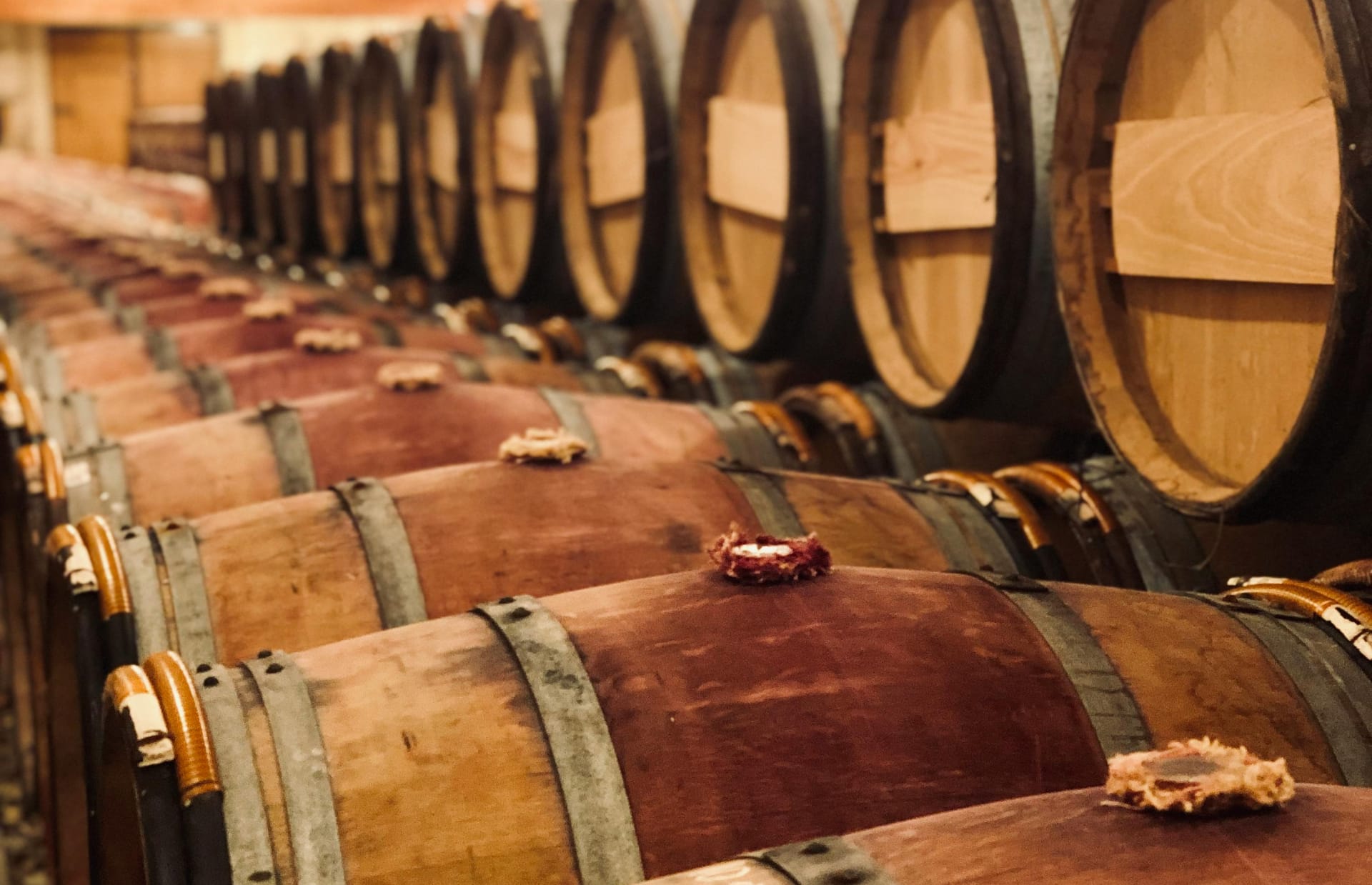
So, what is happening to wine while it rests in a barrel?
“A lot of organic chemistry,” Lazzerini says.
Time in the barrel helps to polymerize the tannins in the wine, which are polyphenols found primarily in the skins and seeds of the grapes. Tannin from the grape skin is rounder and richer, while seed tannins are harsher and more astringent. The tannins from the skins and seeds are extracted during the fermentation process, and giving them time to polymerize during the barrel-aging process contributes to a rounder and softer mouthfeel in the wine.
“What barrel-aging helps us do is create longer-chain polymers and smooth out some of that astringency,” Lazzerini says. “You can push it too far, because oak tannin can be dryer and astringent as opposed to richer and mouth-filling, so you can compound the problem.”
While the wine ages in barrels, the liquid will slowly evaporate and also absorb into the barrel. The wine is regularly topped up to prevent microbial spoilage and oxidation. Wineries will utilize different methods to determine when the aging process is done; Lazzerini relies solely on taste.
“A lot of decisions we make about when to move wine are based on the texture of the wine and how it’s changing,” he says.
Once the barrel-aging process is complete, the wine is blended (if appropriate), then stored in a larger stainless tank for 6 to 12 months. Then, it’s ready for bottling.
Barrel Misconceptions
Not all wines that have barrel characteristics are actually aged in barrels.
“Some people probably have a romantic conception of huge wine cellars full of hundreds of barrels, but the fact of the matter is any kind of large wine production is not made that way,” Lazzerini says. “There are oak additives that can be legally added to wine that can try to mimic the results of a year or 15-months of barrel-aging, but I think that’s rarely successful.”
Though that kind of information is rarely included on a wine label, if you’re willing to do a little research, most wineries include technical sheets that share specific information on how its wines are made and aged.
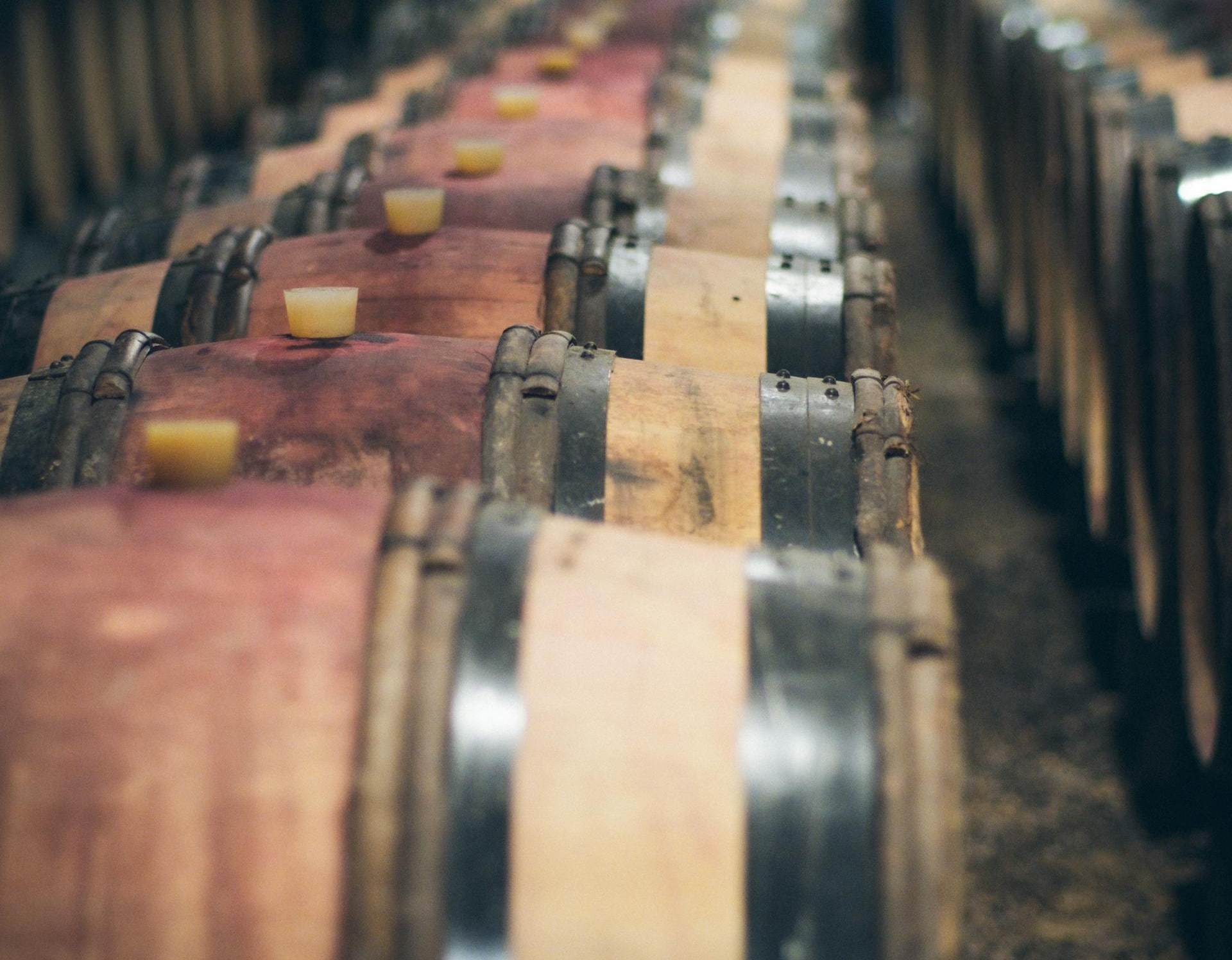
Lazzerini also reminds us that not all barrel-aged wines feature toasty, vanilla or smoky flavors — though this can be some peoples’ perceptions after trying specific wines, like Napa Valley Cabernet Sauvignon or Spanish Tempranillo. In fact, he points out that many wineries, including Vox Vineti, hope to minimize the flavor of barrels while maximizing their benefits.
“I want the least amount of impact from the cooperage as possible,” he says. “I’m always trying to highlight the vineyard.”
The PA Vines & Wines series was created in collaboration with the Pennsylvania Wine Association with Round 8, Act 39 grant funding from the Pennsylvania Liquor Control Board (PLCB).
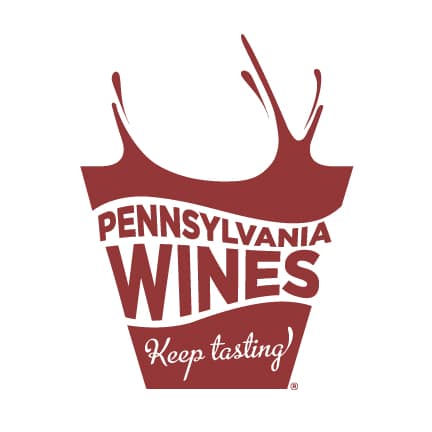
The Pennsylvania Winery Association (PWA) is a trade association that markets and advocates for the limited licensed wineries in Pennsylvania.
- Last two photos: Pexels
- All other photos : Courtesy of Vox Vineti
